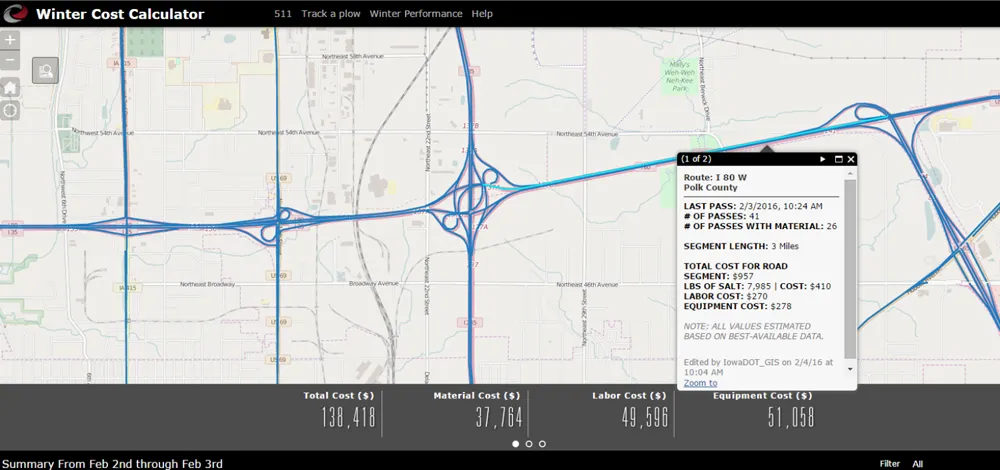Tests carried out by the American Automobile Association (AAA) on rear-view camera systems found that they improved rear visibility an average of 46 per cent. These systems are intended to improve driver awareness of the area immediately behind the vehicle in order to reduce the instance of back-over fatalities. The National Highway Traffic Safety Administration requires a rear-view image in all passenger vehicles beginning in 2016, with full compliance by May 2018.
In conjunction with the Automobile Clu
October 31, 2014
Read time: 2 mins
Tests carried out by the 1765 American Automobile Association (AAA) on rear-view camera systems found that they improved rear visibility an average of 46 per cent. These systems are intended to improve driver awareness of the area immediately behind the vehicle in order to reduce the instance of back-over fatalities. The 834 National Highway Traffic Safety Administration requires a rear-view image in all passenger vehicles beginning in 2016, with full compliance by May 2018.
In conjunction with the Automobile Club of Southern California’s Automotive Research Center, the AAA evaluated 17 vehicles from11 manufacturers with factory-installed and aftermarket rear-view camera systems on a variety of vehicle body styles. The increased visibility ranged from a 36 per cent improvement in smaller sedans to a 75 per cent improvement in hatchbacks. Large trucks and sport utility vehicles scored in the mid-range of vehicles evaluated.
“Rear-view cameras are a great supplement for drivers,” says John Nielsen, AAA’s managing director of Automotive Engineering. “Cameras don’t replace the need to check around your vehicle for obstacles before getting in to back up, but they do dramatically improve rear visibility. These systems are especially helpful for viewing the first 10 feet behind the vehicle, which are the most hazardous in terms of back-over risk for young children.”
Although these systems dramatically improve rear-view visibility, they do not show 100 percent of the space behind the vehicle. AAA recommends drivers always walk behind their vehicle to visually confirm that there are no obstacles, and use the rear-view camera to confirm that nothing has entered the area immediately behind the vehicle since the driver’s walk-through inspection.
Rain, snow or slush can cloud the rear-view camera lens, delivering blurry imagery. Motorists will need to resort to manual methods of confirming that the rear blind zone is clear during inclement weather. Wiping the camera during the pre-drive inspection is a good habit that ensures the camera is ready to capture a clear image.
All of the systems tested met – and many exceeded – the minimum specifications for image quality per the NHTSA guideline.
In conjunction with the Automobile Club of Southern California’s Automotive Research Center, the AAA evaluated 17 vehicles from11 manufacturers with factory-installed and aftermarket rear-view camera systems on a variety of vehicle body styles. The increased visibility ranged from a 36 per cent improvement in smaller sedans to a 75 per cent improvement in hatchbacks. Large trucks and sport utility vehicles scored in the mid-range of vehicles evaluated.
“Rear-view cameras are a great supplement for drivers,” says John Nielsen, AAA’s managing director of Automotive Engineering. “Cameras don’t replace the need to check around your vehicle for obstacles before getting in to back up, but they do dramatically improve rear visibility. These systems are especially helpful for viewing the first 10 feet behind the vehicle, which are the most hazardous in terms of back-over risk for young children.”
Although these systems dramatically improve rear-view visibility, they do not show 100 percent of the space behind the vehicle. AAA recommends drivers always walk behind their vehicle to visually confirm that there are no obstacles, and use the rear-view camera to confirm that nothing has entered the area immediately behind the vehicle since the driver’s walk-through inspection.
Rain, snow or slush can cloud the rear-view camera lens, delivering blurry imagery. Motorists will need to resort to manual methods of confirming that the rear blind zone is clear during inclement weather. Wiping the camera during the pre-drive inspection is a good habit that ensures the camera is ready to capture a clear image.
All of the systems tested met – and many exceeded – the minimum specifications for image quality per the NHTSA guideline.







